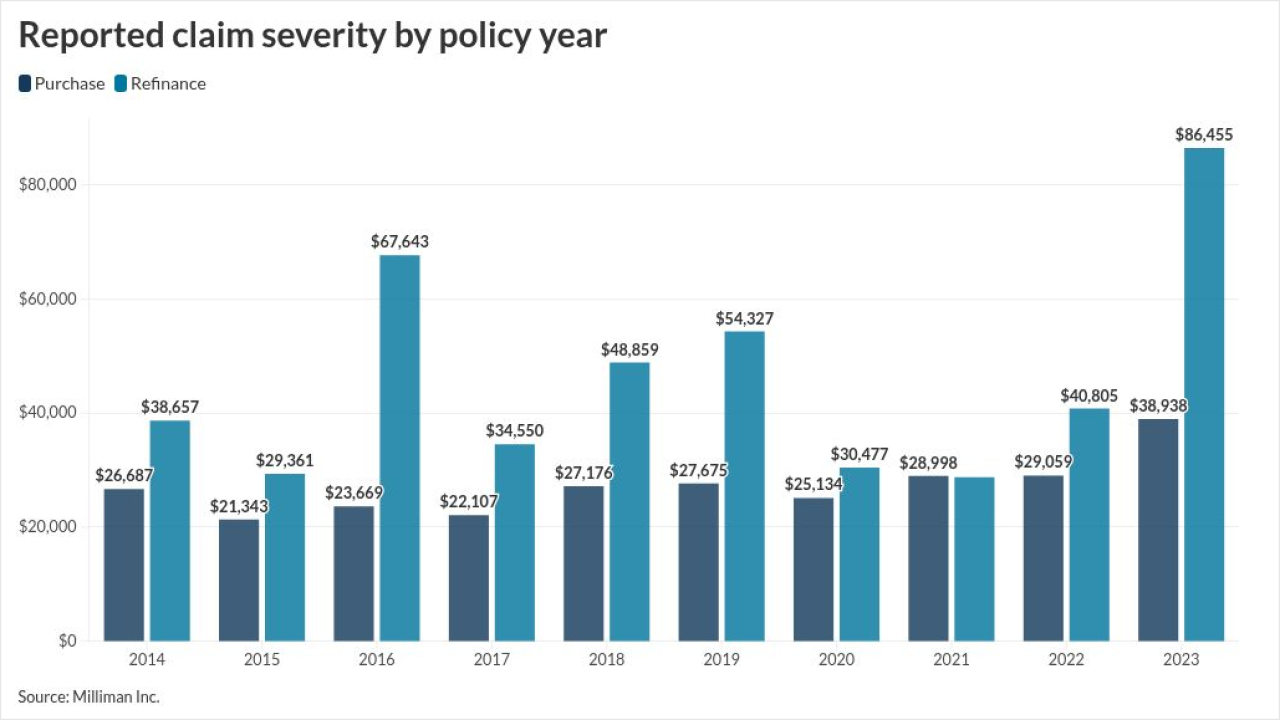Between instant messaging applications, email, video call platforms, or even AI-powered chatbots, the status quo for communication in the modern workplace is increasingly multi-modal. This explosion of communication channels has supercharged collaboration and innovation, but has also given rise to growing concern over the best way to supervise and capture their activity. FINRA's
Although FINRA's regulatory authority applies only to certain investment-related insurance products and not the insurance industry as a whole, the call for comment is incredibly important for companies providing insurance products that are classified as securities, such as variable annuities and variable life insurance policies, to understand what this action means for them. While FINRA's jurisdiction is limited to broker-dealers and certain securities-related insurance products, its rulemaking sets a broader tone that insurers—especially those selling variable products—should not ignore.
Technologically agnostic is key
When looking to modernize regulations, the aim should be technology-agnostic, not limited to only those technologies that are "easier" to capture and retain. It's important to acknowledge that while modern capture technologies are widely available, their successful deployment depends on a firm's resources, digital maturity, and ability to configure tools correctly to align with business-specific workflows.
Ultimately, there should be no segregation of specific areas of technology that are universally determined to have "no appreciable regulatory benefit." That should always be determined by the content and context that those technologies are used by a business, and whether a firm has adhered to its own policies to govern more sensitive or valuable information.
Off-channel communications & maintaining a culture of compliance
In the last few years, the SEC brought enforcement actions against numerous FINRA member firms for recordkeeping violations involving off-channel communications. In fact,
Since off-channel communications should be addressed in rule modernization, it's also important to recognize that the culture of compliance is critical to solving the issue of off-channel communications — many of the most effective programs emphasize frequent training, internal communications, and tone-from-the-top messaging that normalize the use of approved tools and reinforce the regulatory and reputational risks of going off-channel. This helps ensure that root causes are addressed and can surface whether additional communication channels should be approved or monitored to reflect how business is actually being conducted.
The current challenge of AI
Taking it a step further, one of the core challenges in recordkeeping for AI-generated communications is determining what constitutes the official record. This is critical as the
Another challenge is establishing guardrails and governance programs in attempting to control the use cases that employees are seeking to utilize. Governance frameworks must account for nuances by establishing clear policies on when and how AI-generated content is retained, how metadata is preserved, and how supervisory review is incorporated — especially in client-facing or decision-influencing scenarios.
Looking ahead
FINRA can play a role in working closely with insurance firms and technology providers to surface challenges and establish best practices related to the use of new technologies, and those organizations should take advantage of that.
These companies can often see topics arise in aggregate across segments of the market and can share observations with FINRA to ensure that firms are using the technology optimally. Additionally, any unique, incremental risks that are uncovered can be addressed by FINRA's engagement with the market. The future of compliance for insurance firms will be defined by the shift towards the modernization of regulation to keep pace with rapidly evolving technologies and markets.






